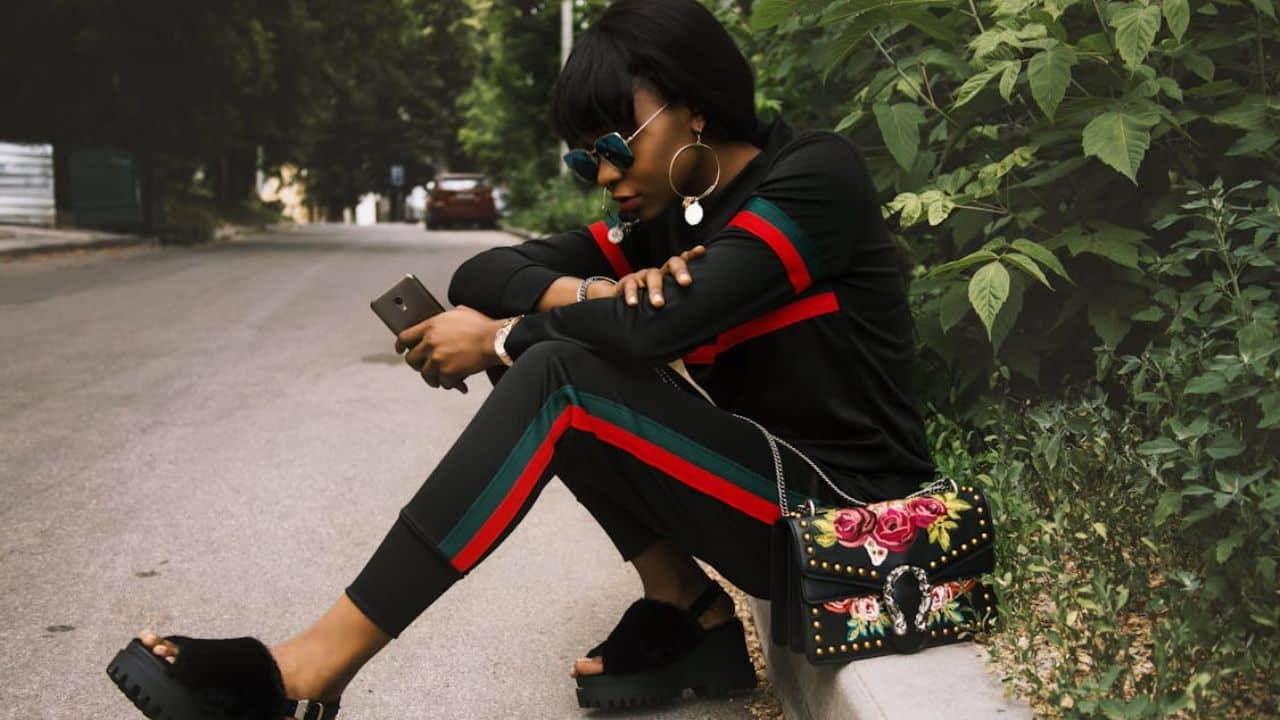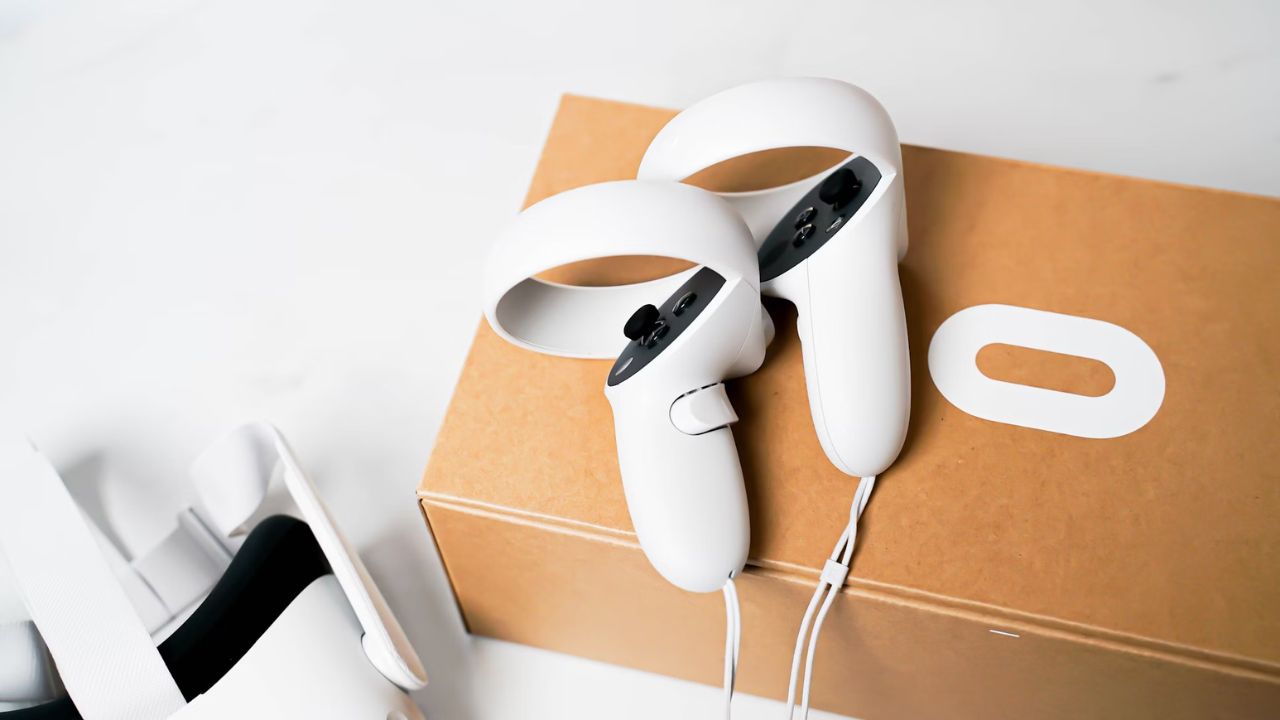When it comes to fashion, few items carry the same allure as a designer bag. These bags are often seen as symbols of style, status, and sophistication. However, with the vast array of options available, choosing the right designer bag requires careful consideration. From understanding different materials and styles to determining the investment value, knowing what to look for when buying a designer bag can save you from potential buyer’s remorse. This guide is here to help you navigate the beautiful and sometimes overwhelming world of designer bags.
Bag Designs
Designer bags come in various designs, each catering to different styles and purposes. Some popular designs include clutches, totes, crossbody bags, and satchels. The beauty of designer bags lies not only in their brand prestige but also in their versatility. For example, functional designer basket bags have quickly become a favorite among fashion-conscious individuals for their practicality and flair. These basket bags can transition seamlessly from a casual day out to a chic evening event, making them ideal for those who value both function and style. When choosing a bag design, consider your style and the occasions you may need a bag for. A classic tote may serve you well in a professional setting, while a crossbody might be better suited for a casual lunch date. Remember that your bag should reflect your personality and aesthetic.
Materials Matter
The material of a designer bag significantly influences not only its appearance but also its durability and maintenance. Common materials used in designer bags include leather, canvas, and synthetic materials. Leather is often associated with luxury, offering a timeless look and longevity, but it also requires regular maintenance to keep it looking its best. On the other hand, canvas bags can be lightweight and easier to care for, catering to a more casual lifestyle. When shopping for designer bags, it’s important to familiarize yourself with different materials to make an informed decision. Understanding the pros and cons of each material can help ensure that the bag you choose aligns with your lifestyle and usage needs. Designer bags made with high-quality materials not only look aesthetically pleasing but also offer greater longevity, making them a worthy investment.
Brand Reputation
The brand behind a designer bag plays a critical role in its perceived value and status. Renowned brands such as Chanel, Louis Vuitton, and Gucci have cultivated a reputation over decades that speaks to both quality and craftsmanship. This reputation often comes with a price tag, and while it’s tempting to opt for trendy but lesser-known brands, weigh the benefits of investing in a bag from an established designer. Well-regarded brands usually offer not only impressive designs but also excellent customer service, warranty programs, and the potential for increased resale value. Therefore, when searching for a designer bag, consider the brand’s history and its position in the fashion industry. Investing in a reputable brand often yields lasting satisfaction.
Price Transparency
Entering the realm of designer bags can be quite an investment, with prices ranging dramatically based on the brand, design, and materials used. Before making a purchase, it’s essential to set a budget to prevent overspending. You should research the typical price range of the bag you’re interested in. Understanding this will help you to differentiate between authentic products and overpriced replicas. Another aspect to consider is that many designer bags hold their value over time, which can make them a strategic financial investment. Popular styles often sell for a premium in the resale market, so it’s worth examining resale platforms or boutique shops that specialize in pre-owned luxury bags. Just remember that the price of a designer bag should align with its quality, brand reputation, and overall design.
Functionality vs. Fashion
While the aesthetic appeal of designer bags is undeniable, functionality should not be overlooked. A beautiful bag is of no use if it doesn’t serve your practical needs. When choosing a designer bag, consider how you will use it daily. Questions to ask yourself might include, “Is there enough room for my essentials?” or “Can it carry additional items when needed?” Some bags are designed with compartments to help keep items organized, while others may be more minimalistic in style. Match the bag’s functionality with your lifestyle to ensure it complements your routine rather than creates inconvenience. A well-chosen designer bag should make your life easier while elevating your fashion statement.
Seasonality and Trends
Fashion is a constantly evolving industry, and this applies to designer bags too. Each season brings new trends, colors, and styles to watch out for. Staying updated with current trends can help inform your choices and ensure that your designer bag feels fresh and on-trend. However, it’s essential to balance trendiness with timelessness. Investing in bags with classic designs will often prove beneficial in the long run, as these will be more versatile and have enduring appeal. While it may be tempting to purchase bags solely based on seasonal trends, a designer bag that withstands the test of time offers greater longevity and value.
Care and Maintenance
Owning a designer bag comes with a responsibility to maintain its condition, as wear and tear can negatively impact its aesthetic and value. Familiarize yourself with the necessary care and maintenance required for the specific materials of your bag. For leather bags, consider applying a protective spray and keeping them conditioned to enhance their lifespans. Further, store your designer bags properly when not in use. Utilize dust bags or cover the bags to protect them from dust, UV rays, and moisture. Maintaining your bag can significantly extend its life, safeguarding your investment while keeping it looking fabulous.
The Resale Market
Many designer bags have a high resale value, making them not only a purchase but potentially an investment. This reality has led to a growing resale market for luxury handbags. Being savvy about which bags retain their value can inform your initial purchasing decision and enable you to sell your bag later if desired. Platforms specializing in authenticated pre-owned bags are flourishing, allowing buyers access to sought-after designs at potentially lower prices. When considering resale options, ensure you maintain all original packaging and documentation, which can add value should you decide to sell later. Understanding this market can empower you as a consumer and potentially yield financial benefits.
The pursuit of the perfect designer bag can be both exhilarating and daunting. By keeping these essential tips in mind, you can navigate the complexities of design, materials, brand reputation, price, functionality, and care. Engaging in this thorough exploration empowers you to make an informed decision, ensuring your next designer bag not only elevates your wardrobe but also aligns with your lifestyle and investment goals.









































